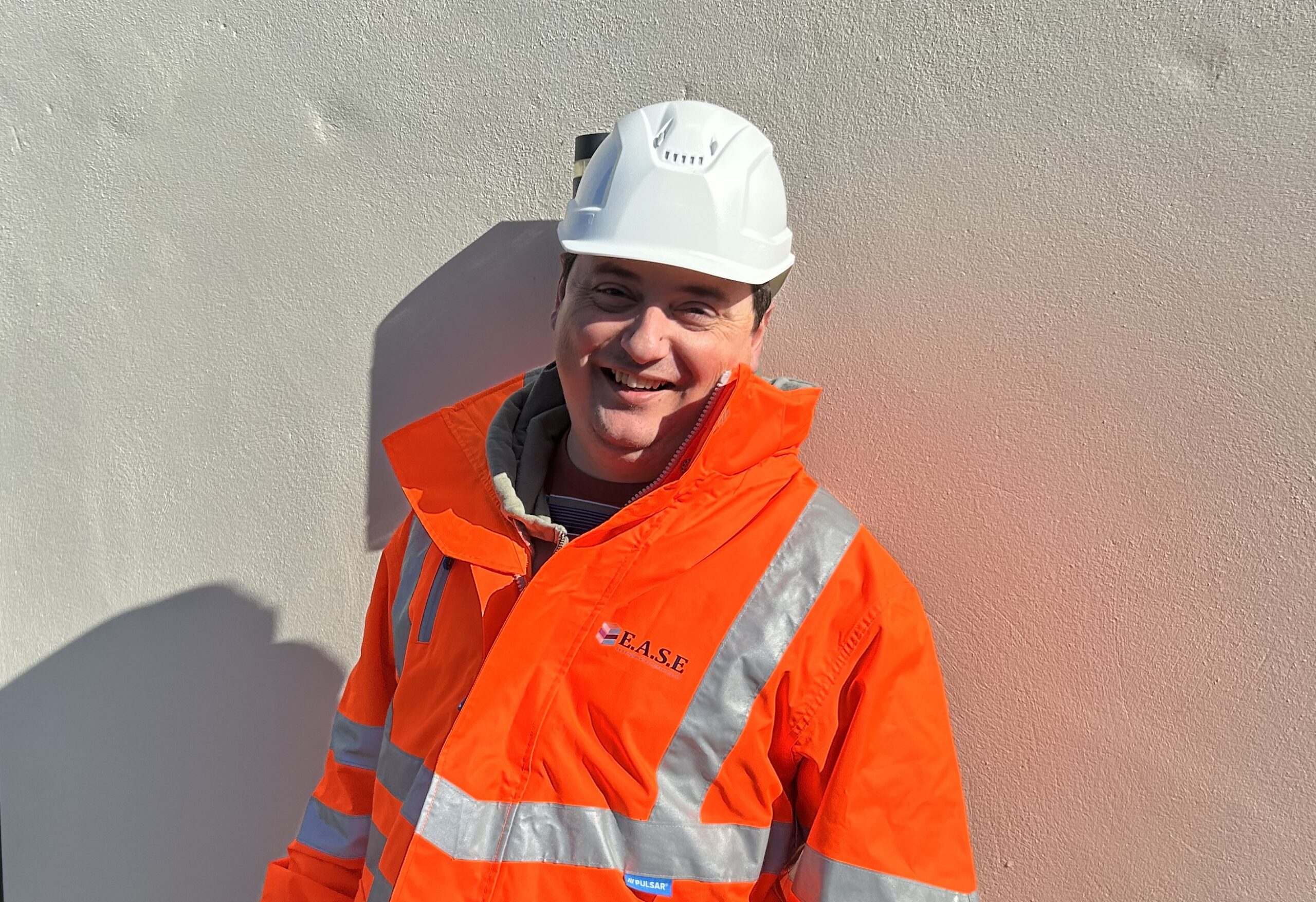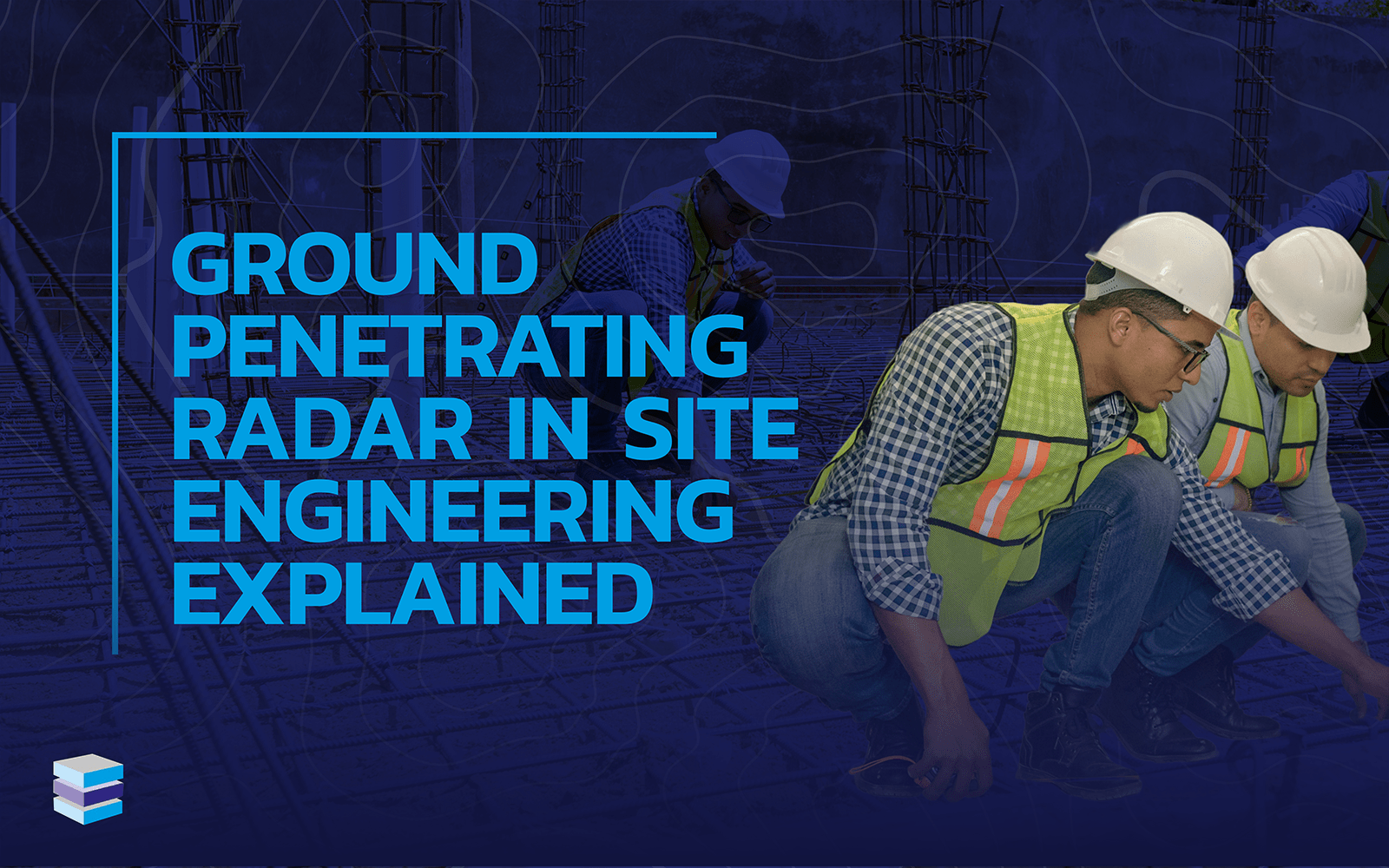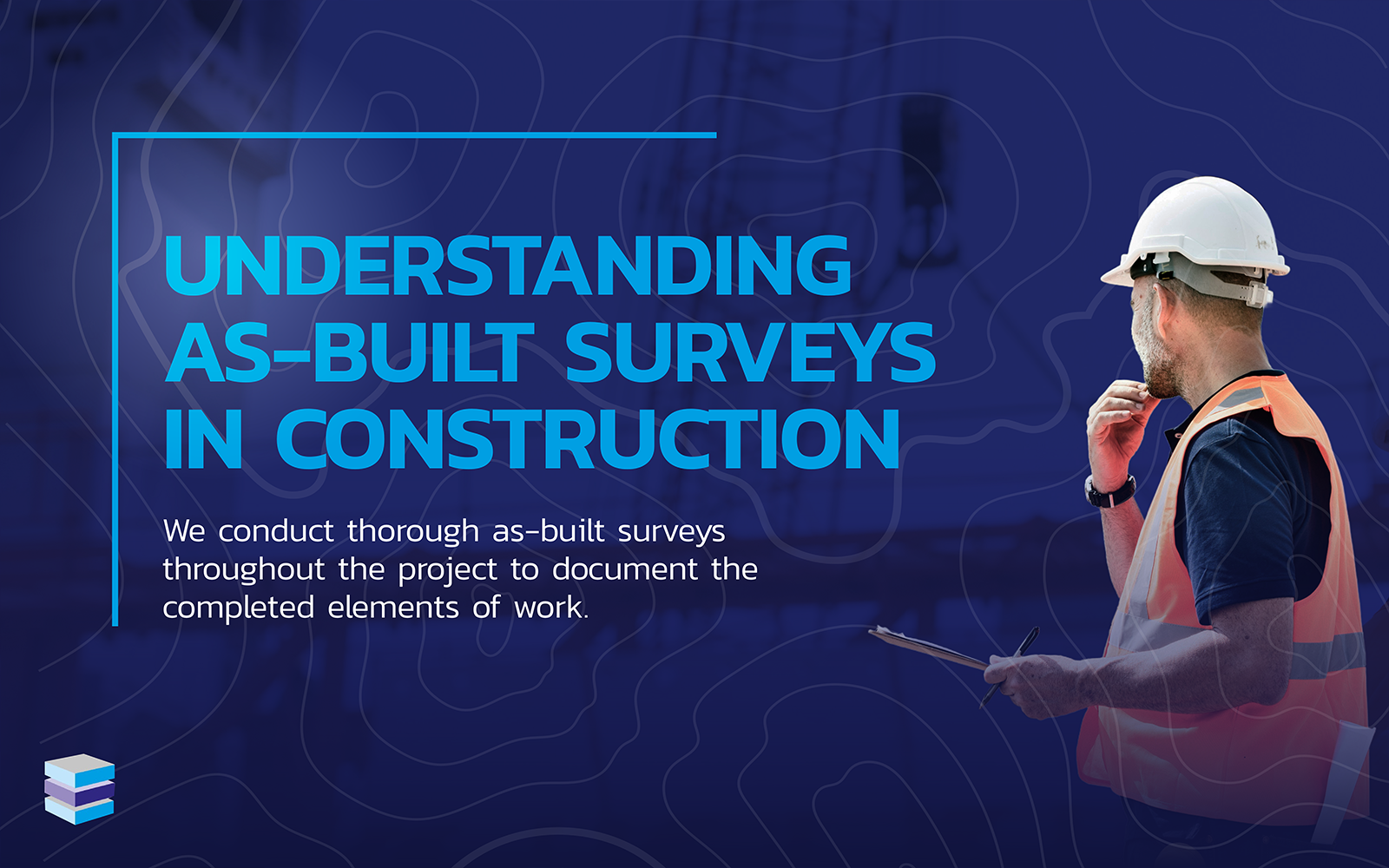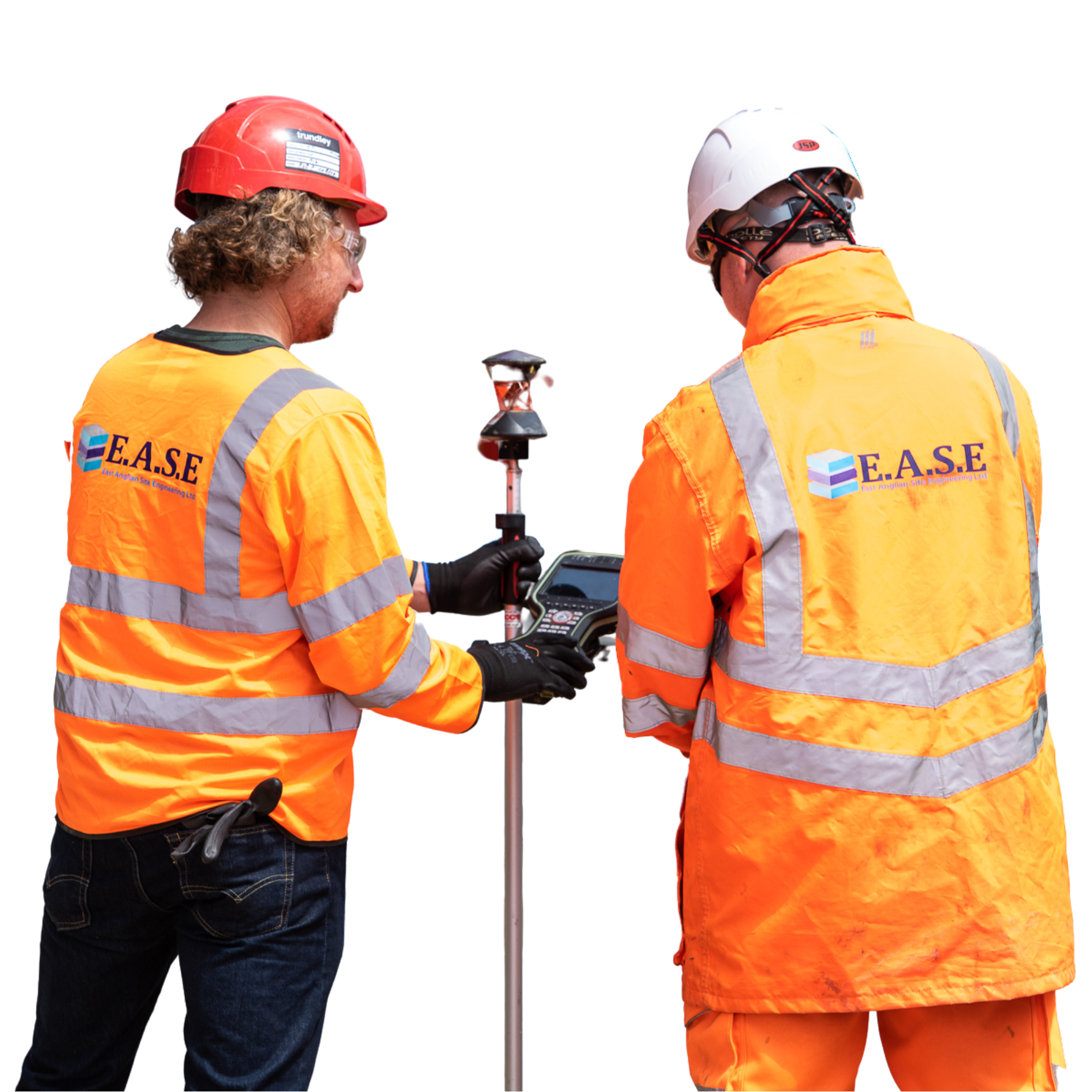Site engineers are responsible for a wide range of services, from health and safety management to precise quality assurance. Each task is performed with expert skill to guarantee the project is completed well and on schedule, as well as to ensure the safety of construction workers. It’s no small feat to stay on top of every element, but professional site engineers do it well.
One of the services in a site engineer’s duties is called ‘setting out’. Many people outside of the industry are unfamiliar with this term, so in this post, we’ll explain what this service encompasses.
What is the process of setting out?
Setting out involves transferring engineering and architectural elements from plans onto the physical ground. These could be plans for structures, roads, utilities and more, and they are placed in the form of pegs, stakes, or markers. Setting out is fundamental in construction, designed to ensure work carried out by crews and stakeholders is based on precise measurements.
The setting out process typically involves four steps:
- Preparing and checking the survey
- Primary control
- Setting out
- Verifying and adjusting
Each step has its own smaller process. Let’s talk about what the full process of setting out entails.
Preparing and surveying
Before marking the ground, site engineers study the project’s architectural and engineering drawings to better understand the dimensions of the structure and the precise locations of each element. Reviewing the plans is crucial to ensuring any issues on paper are caught before they can be translated to the ground.
Next, site engineers will perform spot checks to ensure the accuracy of the topographic survey, which the survey team would have conducted during the early stages of the project. This survey gathers data on the site’s boundaries, elevations, landforms, gradients, water bodies, vegetation, soil, and existing structures. This data helps inform Architects and Designers.
Primary Control
Once the site survey has been checked for accuracy, site engineers will start mapping out the site and marking fixed reference points. These reference points (known as Primary Control) are physical markers that will be the basis of all setting out for the construction phase.
Setting out
When reference points are in place, site engineers can begin to stake out the project markers. The markers will identify the exact positions of elements such as underground services, foundations, structures, and roads. These stakes, pegs, or markers are often colour-coded or labelled to help the construction team identify and recognise which elements are where.
Site engineers use setting out equipment, including total stations, to ensure complete accuracy when placing markers. These precision optical instruments help engineers achieve extremely accurate positions when setting out for construction teams.
Verifying and adjusting
Once all elements have been measured and marked, site engineers will begin their checks and cross-checks. Every marker will be verified against the architectural and engineering plans, ensuring total accuracy, sometimes more than once.
This continuous checking is necessary to make sure no element is out of tolerance, and adjustments will be made across the site to support this. Every position and measurement will be recorded to ensure consistency throughout construction.
The importance of setting out in construction
Setting out is a critical part of the construction process and a fundamental element of the site engineer role. Setting out ensures:
- Accuracy in the project via correct dimensions and locations for structural integrity.
- Compliance with design plans, regulations, and building codes.
- A clear guide for the construction team that helps to reduce the risk of error.
- Safety and a minimised risk of accidents through accurate marking.
Experienced setting out engineers
Here at E.A.S.E, we are more than expert site engineers. Each member of our highly trained team offers the full site engineering service, including precise and efficient site preparation to get your project off the ground.
If you’re interested in adding our experienced site engineers to your project team, get in touch with us by calling 01603 211808 or emailing info@easeltd.co.uk.








